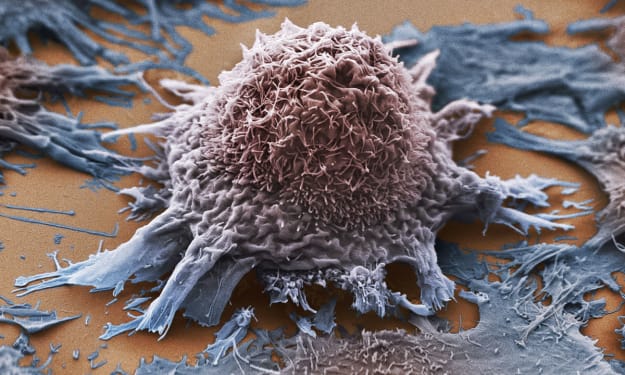Michael Strahan's Daughter Faces Medulloblastoma: Understanding the Journey
Michael daughter faces medulloblastoma

For the past couple of months, Michael Strahan's 19-year-old daughter, Isabella, has been courageously battling medulloblastoma, a type of brain tumor. Isabella, a freshman at the University of Southern California, received her diagnosis in October after an MRI scan revealed the presence of this cancerous and fast-growing tumor in the cerebellum – the part of the brain responsible for movement and coordination.
In a recent interview on "Good Morning America," Michael and Isabella Strahan shared their decision to go public with Isabella's health struggles, hoping to shed light on her journey and potentially help others facing similar challenges. Isabella, a model with recent campaigns alongside Sephora, expressed her desire not to "hide" her cancer journey. She underwent brain surgery in late October, followed by rehabilitation and a six-week radiation treatment. The next phase involves a chemotherapy regimen led by doctors at Duke University, where her twin sister Sophia is a freshman.
Isabella sees her platform as an opportunity to be a voice for those undergoing similar experiences. She aims to provide support and encouragement for individuals enduring chemotherapy or radiation, sharing snippets of her daily life to bring a sense of connection.
Beyond being a source of hope, Isabella's openness may draw attention to the need for increased funding for brain tumor treatment, particularly in the realm of pediatric cases. Dr. David Ashley, a neuro-oncologist and director of Duke University's Preston Robert Tisch Brain Tumor Center, emphasizes the importance of this moment in history, noting the availability of tools and therapies to make a significant impact.
Understanding Medulloblastoma: Five Key Questions
Who is Affected by Medulloblastoma?
Medulloblastoma primarily impacts children between the ages of 5 and 9. However, it can be diagnosed in individuals of all ages. While some may have genetic predispositions, Isabella Strahan's case, like many others, is akin to a "lightning strike." Tumors often emerge from precursor cells in the brain, possibly developing before or around birth. Medulloblastoma is the most common malignant brain tumor in childhood, constituting about 20% of all cases.
What are the Symptoms of Medulloblastoma?
Due to its location in the back of the brain, symptoms of medulloblastoma can include clumsiness, difficulty walking, fatigue, changes in vision and hearing, and alterations in basic skills like handwriting. Headaches, especially if persistent, associated with vomiting or changes in behavior, can also be indicative. While this cancer is rare and fast-growing, routine imaging is not recommended. Instead, prompt medical attention is advised for new headaches or other neurological symptoms.
How is Medulloblastoma Treated?
The typical treatment path involves surgery to remove the tumor, followed by radiation and chemotherapy. The specifics vary based on factors like tumor location, type, and whether it has spread. Each patient's treatment plan is tailored accordingly.
Isabella's Journey: A Beacon of Strength
Isabella Strahan's decision to share her journey serves as an inspiration for others. Her resilience through brain surgery, rehabilitation, and radiation, with chemotherapy on the horizon, highlights the strength needed to face such challenges. Isabella's openness not only provides a sense of camaraderie for those undergoing similar treatments but also emphasizes the importance of awareness and support for brain tumor research.
The Need for Funding and Advances in Treatment
Dr. David Ashley underscores the critical juncture in brain tumor research. While advancements in understanding the molecular biology of these tumors exist, he emphasizes the need for resources to translate this knowledge into targeted therapies and immunotherapies. Increased funding is essential for developing more effective treatment options, especially for pediatric cases.
In the face of adversity, Isabella Strahan's journey becomes a call to action – a reminder of the importance of support, awareness, and continued research to improve outcomes for those battling medulloblastoma.Just as with treatment, a person's prognosis for surviving medulloblastoma depends on several factors, including the molecular group, as well as the patient's age and whether the tumor has spread.
More than 70% of people survive five years past their diagnosis and beyond, according to the National Cancer Institute.
Children under the age of 3 diagnosed with medulloblastoma may have lower survival rates because the treatment options for that age group are limited, according to Ashley.
Brain tumors are the most common cause of cancer-related deaths in childhood, and they cause enormous emotional and financial strain on families," Ashley said. "We've got to do better at the treatments, which are inadequate. We do cure a lot of kids with brain tumors, but at the moment, many of those children are going to need radiation and chemotherapy, and that's not right. We shouldn't be doing that."





Comments
There are no comments for this story
Be the first to respond and start the conversation.